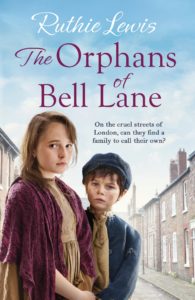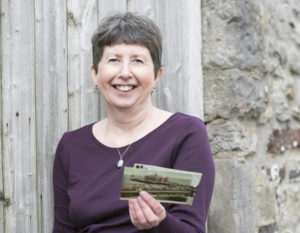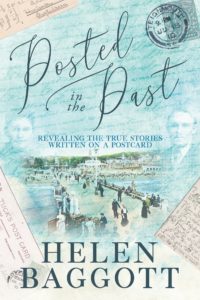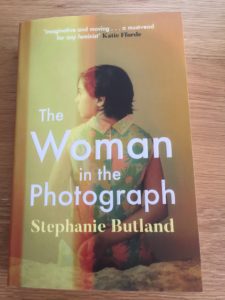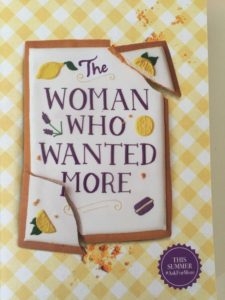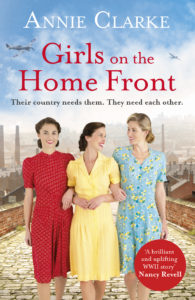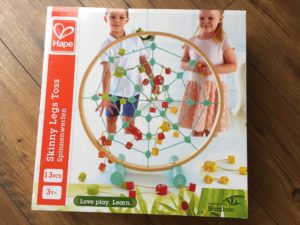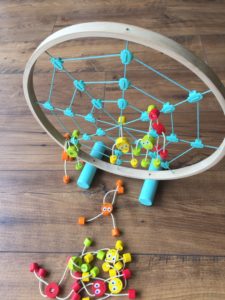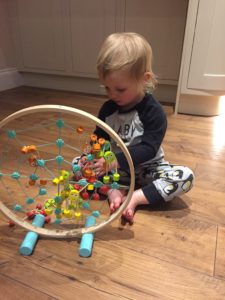Ruthie Lewis is the latest author in the series How I Write, which gives readers, and other writers, an insight into the minds of writers. Not only how they think, but how they work. However, this is a writing process with a twist because A.J. MacKenzie and Ruthie Lewis are pen names for the husband-and-wife writing team of Marilyn Livingstone and Morgen Witzel. They also write non-fiction under their own names.
We grew up in Canada, where we met at the University of Victoria. We come from quite different backgrounds. Marilyn grew up in towns and city suburbs in Ontario and British Columbia, whilst Morgen’s parents lived in the wilds of northern British Columbia. Same country – two hugely different lifestyles! We married nearly 40 years ago and had a long honeymoon in Europe. Back in Canada, Morgen did his MA in Renaissance history, while Marilyn waited until we had moved to the UK to continue her studies at University of London (MA in medieval studies) and the Queen’s University of Belfast (PhD in medieval economic history).
After moving to the UK we lived for a year in London, thirteen years in rural Kent and for the past nineteen years in very rural west Devon. Marilyn is a keen singer and musician and occasional composer, an A-level examiner and governor of a group of primary and secondary schools, Morgen tries never to miss Test Match Special, teaches at business schools and works as a Fellow of the Royal Literary Fund. He is also a trustee of two local charities.
Morgen has written books on management history, leadership and ethics. Marilyn’s solo writing has been academic book chapters, articles and reviews about the agricultural economy of early 14th century England. Our first joint work was The Road to Crécy: the invasion of France in 1346 (2004) followed by The Black Prince and the Capture of a King, Poitiers 1356 (2018). Our A.J. MacKenzie novel was The Body on the Doorstep published by Zaffre in 2015, the first of three historical crime novels set in Romney Marsh during the smuggling era and the French Revolution (the others The Body in the Ice and The Body in the Boat). A J MacKenzie has another series set during the War of 1812 in Canada, published by Canelo (The Ballad of John MacLea, The Hunt for the North Star and forthcoming Invasion). Our first Ruthie Lewis novel, The Orphans of Bell Lane came out in August 2019 and is our first foray into historical sagas.
The Orphans of Bell Lane has a place dear to our hearts as some of the situations and locations are based on family history. It has been wonderful to bring that to life. We also love the Hardcastle and Chaytor mysteries, and hope to return to them soon.
Our writing process
It may be because there are two of us, but so far no two books have developed in quite the same way. This is partly for practical reasons; the person with the most free time will take on necessary jobs. For our first non-fiction work we wrote in the same room, sorting through the original sources with one of us keying in text. Otherwise, sometimes, we each write individual chapters or groups of chapters and then edit each other’s work to create a unified voice. Sometimes one person takes on the first draft and the other does a strong edit to ensure continuity of language, tone, voice and so on. Often one of us will have a very strong idea for a particular chapter and want to write that.
One thing that is important for all of our fiction is the final read through of the final draft. We do this in our sitting room, in facing armchairs, with a draft on our laptops and we read the book out to each other. One of us is responsible for making changes on the master text. The presence of at least one cat is crucial to this process, although we keep the dog out as he is still young and wants to play. (His role as editorial assistant is crucial as he gets us out to walk each day; walking is great for plot development too!)
Planner or Pantser?
We are very much planners. We spend longer on planning, character development, location research, plot development etc than we do on actual drafting. We find this a most enjoyable part of writing and we often do it out of our offices: on Dartmoor, on the beach, lazing in a garden in France, sometimes during long car journeys. Our planning document can take as much as a quarter the length of the eventual novel. We spend a lot of time on the background and back stories of our characters and we have full descriptions of the main character, not just what they look like, but how they move and sound, and how they think. This helps a great deal when writing dialogue.
Structure?
We start with a rough story arc followed by a basic chapter structure. We then develop a more detailed chapter outline guides the initial draft. And, we always have a sequel or series in mind as we write.
What do you find hard about writing?
One of us finds settling to writing more difficult and will procrastinate before starting, the other dives straight in. Mostly, though, the hardest thing is carving out enough time to do it…
What do you love about writing?
One of us particularly loves the character development part of the process, while plotting is the favourite bit of the other (not going to tell you which is which!)
Advice for other writers.
Try to write something every day, no matter how short. It is easy to drift and find that you have not written for days, and that makes it much harder to get back into it. The other piece of advice is that walking is a great aid to planning and plotting, and will often help to clear a log-jam that seemed insurmountable.
The Orphans of Bell Lane by Ruthie Lewis. Published by Zaffre, 22nd August 2019, Paperback, eBook and audio.

